-
Engine3.5L V6
-
Power268 HP / 248 LB-FT
-
Transmission6-Speed Auto
-
0-60 Time7.1 Seconds
-
Top Speed130 MPH
-
DrivetrainFront-Wheel Drive
-
Curb Weight3,549 LBS
-
Seating2+3
-
Cargo15.2 CU-FT
-
MPG21 City / 31 HWY
Toyota really caught us off guard at the 2012 New York Auto Show. While scanning the press materials for the 2013 Avalon, we noticed the word "sporty" was used on quite a few occasions, and the release even talked about foreign-to-the-Avalon concepts like "throttle response," "steering feel" and "paddle shifters." At the time, it appeared that Toyota was actually getting serious about injecting a bit of youth and enthusiasm into its most geriatric-friendly machine.
How is this relevant to the car we're discussing today, the 2013 Lexus ES? For the first time since its debut in 1989, the ES no longer shares its platform with the appliance-for-the-masses Toyota Camry, a vehicle that we recently described as "old and tired," despite being totally new for the 2012 model year. For this new, sixth-generation ES, Lexus has opted to use the platform that also underpins the upcoming Avalon, the same one that piqued our interest at the New York expo.
Lexus itself wants us to believe that this new ES is more athletic. Scan the company's literature and you'll read about the "direct steering feel" and the "sport mode [that] increases powertrain and steering responsiveness." Sure, it sounds like the usual PR mumbo-jumbo, but these sorts of phrases had never appeared in ES press releases before now.
This can't possibly be just another plushy-plush Camry, right?
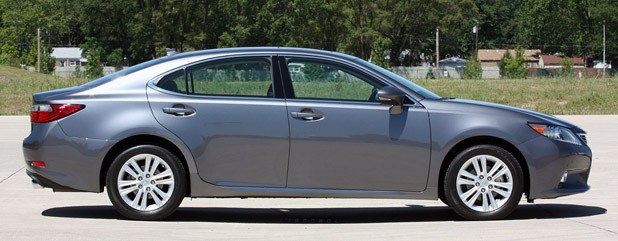
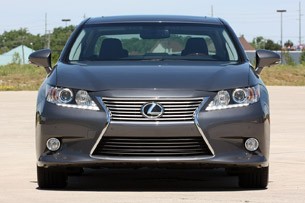
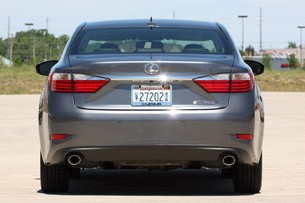
It's one thing to make a new car fall in line with a brand's corporate styling direction, but when it comes to Lexus, we have to be honest: They're all starting to appear way too similar. The 2013 ES honestly looks as though someone took the handsome new GS and ran it through a softening filter on Photoshop. The creases aren't as pointy, the angles aren't as sharp, and while the end result is a nearly identical copy of the ES' rear-wheel-drive sibling, it's still very attractive. Moreover, it's certainly more aggressive and visually appealing than the rounded-off styling of the previous ES models.
Despite sharing its platform with the larger Avalon, the ES hasn't grown too much in size. It gains 1.7 inches of additional wheelbase (111.0 total), one inch of additional length (192.7) and 0.8 inches of height. Width, at 71.7 inches, is unchanged. Even with this slight increase in size, engineers managed to reduce overall weight by 56 pounds thanks to the widespread use of high-strength, lightweight steel in the body. And while the length and wheelbase have only been extended ever-so-slightly, Lexus has managed to add four inches of additional rear legroom.The big news for 2013 is that there are now two ES models on offer – the naturally aspirated ES 350 and the ES 300h hybrid.
The big news for 2013 is that there are now two ES models on offer – the naturally aspirated ES 350 and the ES 300h hybrid. Only a trained eye will be able to tell the two apart on the road – the hybrid model setting itself apart with unique 17-inch alloy wheels, a rear decklid spoiler, unique rear valence and hybrid-appropriate badges. That's it.
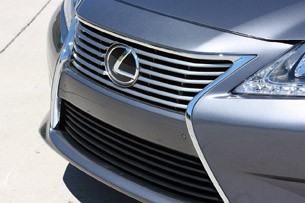
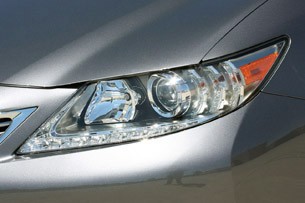
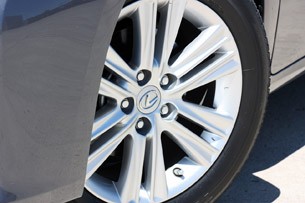
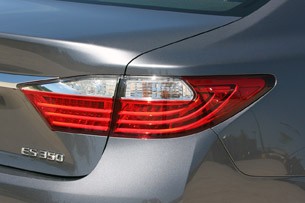
Our Nebula Gray Pearl ES 350 rode on standard 17-inch six-spoke alloy wheels wrapped in P215/55R17 Bridgestone Turanza EL400 tires. Two optional wheels are available: a ten-spoke 17-inch set, or larger 18-inch rollers that use P225/45-series rubber. You can't get the larger alloys on the 300h, but that's alright. Even the smaller wheels look perfectly adequate on the ES.
So, remember what we said about the ES' exterior styling compared to the GS? You could say exactly the same thing about the interior. And despite feeling like a downgrade from the better-detailed and more visually appealing (and more expensive) GS, it's definitely a huge step forward from the last generation.You really can't go wrong with a Lexus interior, though one could argue that some of the buttons and switchgear feel a little dated.
Still, this is a Lexus, so you shouldn't be surprised to learn that the ES' cabin is just as cushy-comfy-quiet as any other car in the automaker's stable. You really can't go wrong with a Lexus interior, though one could argue that some of the buttons and switchgear feel a little dated. The center stack has a clean, simple layout, lined at the top by air vents with an analog clock smack dab in the middle. The backlit instrument panel is attractive and bright, and sitting inside the ES is pleasant overall. It's not overstyled and you never feel like you're having to hunt-and-peck for buttons or controls. It's elegant, it's refined and it all just... works.
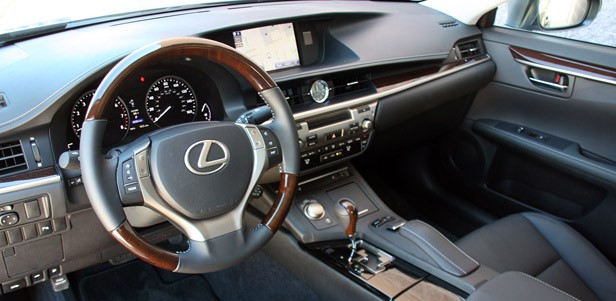
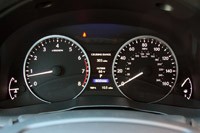
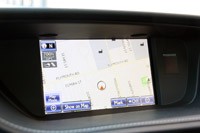
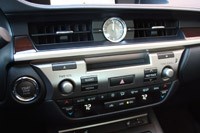
Unlike the GS with its massive 12.3-inch colorful navigation/information display, the big space on the ES' dashboard is filled with a standard seven-inch screen, controlled by a knob on the center console. Opting for navigation – part of either the Premium, Luxury or Ultra Luxury packages – will get you an eight-inch display mated to Lexus' Remote Touch movable mouse-like joystick – a feature that, even after a few years, we still can't quite get used to. Other available goodies include a premium Mark Levinson audio system, HID headlamps, heated and cooled seats, a trio of sunshades for the rear windows, a heated steering wheel, ambient lighting, a one-touch power trunk and much, much more. Lexus' nifty smartphone-based Enform telematics system also comes standard.
We didn't have a chance to test the nifty new ES 300h with its 2.5-liter Atkinson-cycle inline-four, a setup that's estimated to achieve a combined fuel economy rating of 40 miles per gallon. Still, other drivers we spoke to said this powertrain is just as smooth and as quiet as you'd expect... or as you'd find in a Camry Hybrid. The inline-four on its own puts out 156 horsepower and 156 pound-feet of torque, though combined with the extra grunt of the 1.6-kWh battery, Lexus says the ES 300h puts down a total of 200 hp.The ES 350 uses the same 3.5-liter V6 as the Camry, good for 268 hp and 248 lb-ft of twist.
The ES 350 uses the same 3.5-liter V6 as the Camry, good for 268 hp and 248 lb-ft of twist, mated to a six-speed automatic transmission with a manu-matic function (no paddle shifters, though). This is the exact same powertrain as the outgoing Camry-based ES, though thanks to the slightly lower curb weight and some engine massaging, fuel economy has been given a respectable bump to 21/31 mpg city/highway – gains of two mpg in both driving cycles versus the outgoing car.
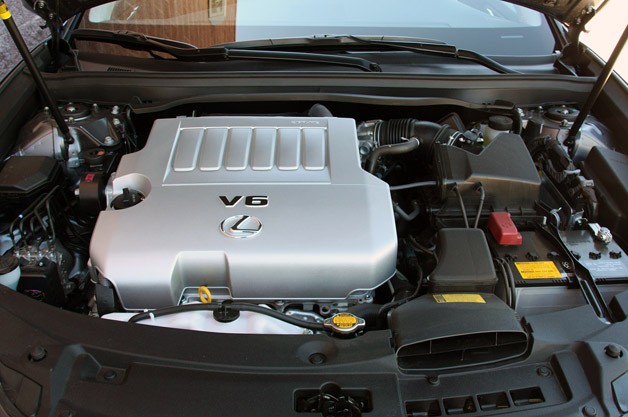
The engine and power delivery are perhaps the best parts about the whole driving experience, even though the ES weighs in at a full 310 pounds heavier than a Camry SE with the same engine. There's ample grunt off the line – you'll hit 60 miles per hour in 7.1 seconds – and the six-speed automatic is quite the smooth operator. The engine even sounds good when you're winding it up, and despite being geared to achieve maximum efficiency, the automatic 'box isn't afraid to kick down a notch or two for passing.
As much as we probably should have taken Toyota's sporty phrases with a grain of salt when the Avalon was revealed, we must remember – the Lexus division is perfectly capable of making vehicles that are pretty darn good to drive. Just look at the new GS, not to mention other decent steers like the CT and IS. All of the exterior styling and interior changes certainly work together to make you believe that this new Lexus isn't just a gussied-up Camry anymore, but after a drive around metro Detroit, we aren't as convinced.All of the exterior styling and interior changes certainly work together to make you believe that this new Lexus isn't just a gussied-up Camry anymore.
The ES comes equipped with a drive select knob on the center console where you can choose between Normal, Eco and Sport modes. Depending on your selection, the steering and throttle response is altered, and while we definitely noticed more of a punch during initial acceleration in Sport mode, the differences between the Normal and Eco settings are mostly transparent.
ES 300h models add a fourth drive mode – EV – that can move the car on pure electric power at speeds up to 25 mph (if you're easy on the throttle). It won't last long, though. Lexus says that even with a fully charged battery, the engine will kick on after about a mile or so.

The suspension, however, isn't completely capable of handling what the V6 can throw down. It's easy to get the front wheels to chirp when pulling away from a stop (yes, even in Eco mode), and there's noticeable body roll, even during run-of-the-mill turning situations. Lexus has reworked the front suspension by adding opposite-wound coil springs that work to improve straight-line stability (because cars only go straight, remember), and the rear geometry has simply had its cushiness factor turned up to 11.
We gave the V6 Camry negative marks for using the same 11.6-inch discs as its four-cylinder kin, and – surprise, surprise – the same brakes are used here in the ES, only with 310 more pounds of heft to halt. Operating the stop-pedal provides very little feedback, and while we never felt like we had to dig deep into the carpet to get ample stopping power, we can see these smaller discs fading fast after periods of consistent use (something that's admittedly unlikely for the average ES owner).The steering either feels non-communicative or downright fake. Take your pick.
That all-important steering feel, however, was our biggest letdown. Lexus has employed an electronic power assisted rack (no surprise there) and the steering ratio has been quickened from 16.1:1 to 14.8:1, but all this means is that the steering is no longer completely devoid of any responsiveness whatsoever. On-center feel was completely numb with excessive play in the wheel, and while we did feel a bit of dialed-in feedback in Sport mode, it was a far cry from being even remotely engaging. The steering either feels non-communicative or downright fake. Take your pick.
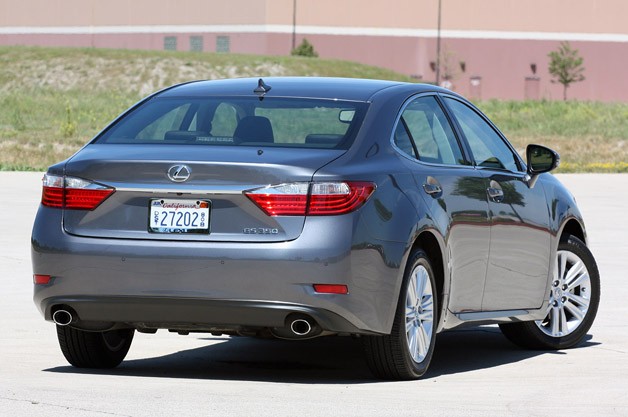
What we have here are a decent powertrain, wafty suspension and very little in the way of steering feel. Sounds like the old ES, doesn't it? Granted, we didn't think the new car would be light-years better than the model it replaces, but we definitely didn't expect it to feel almost exactly the same.
We're disappointed, but that doesn't make the ES a bad car. Keep in mind, this is Lexus' best-selling sedan, so we can't blame the company for not wanting to change its formula. Lexus has sold over one million of these things, and ES buyers prove to be some of the brand's most loyal customers. If it ain't broke, don't fix it. But if it ain't sporty, don't tease us.This is Lexus' best-selling sedan, so we can't blame the company for not wanting to change its whole formula.
Pricing will be announced closer to the car's on-sale date in mid-August, and while Lexus officials are extremely tight-lipped as of this writing, we're told that the ES will offer "segment-leading value." Currently, the price of entry for the ES 350 is $36,725 and with every option box ticked, you'll be running around $46,000. Lexus also assures us that the price premium for the hybrid model will be the lowest compared to any other car in its segment.
For us, though, the more aggressive styling and well-appointed interior just aren't enough to change our opinion of this, our least-favorite Lexus. It's a step forward from the outgoing car, but those sporty characteristics are only skin-deep.
We should have known better than to get excited by an Avalon.
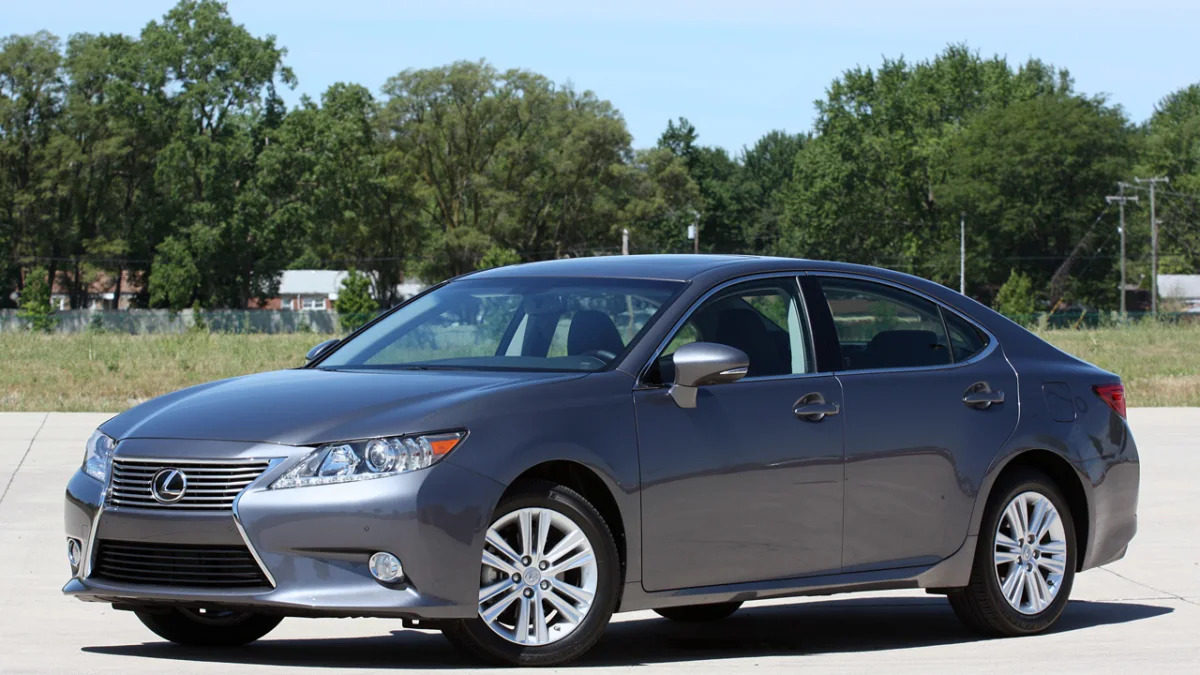
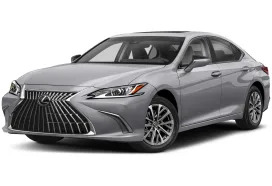
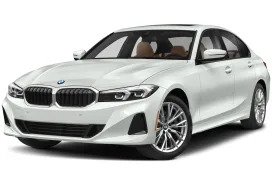










Sign in to post
Please sign in to leave a comment.
Continue